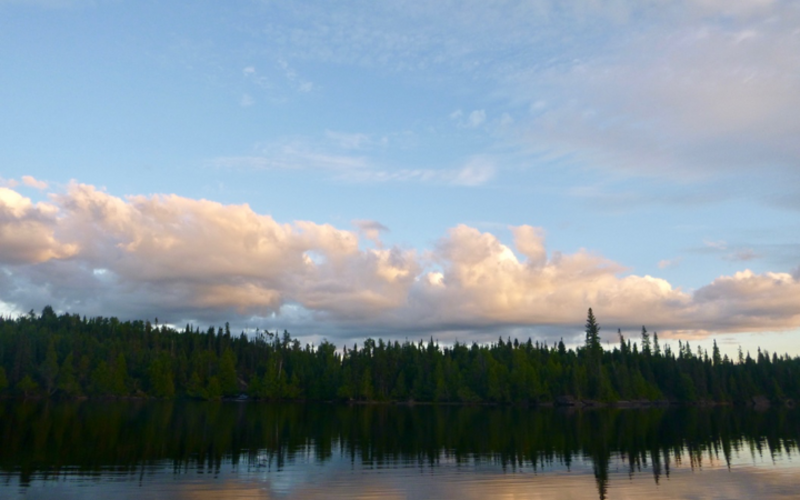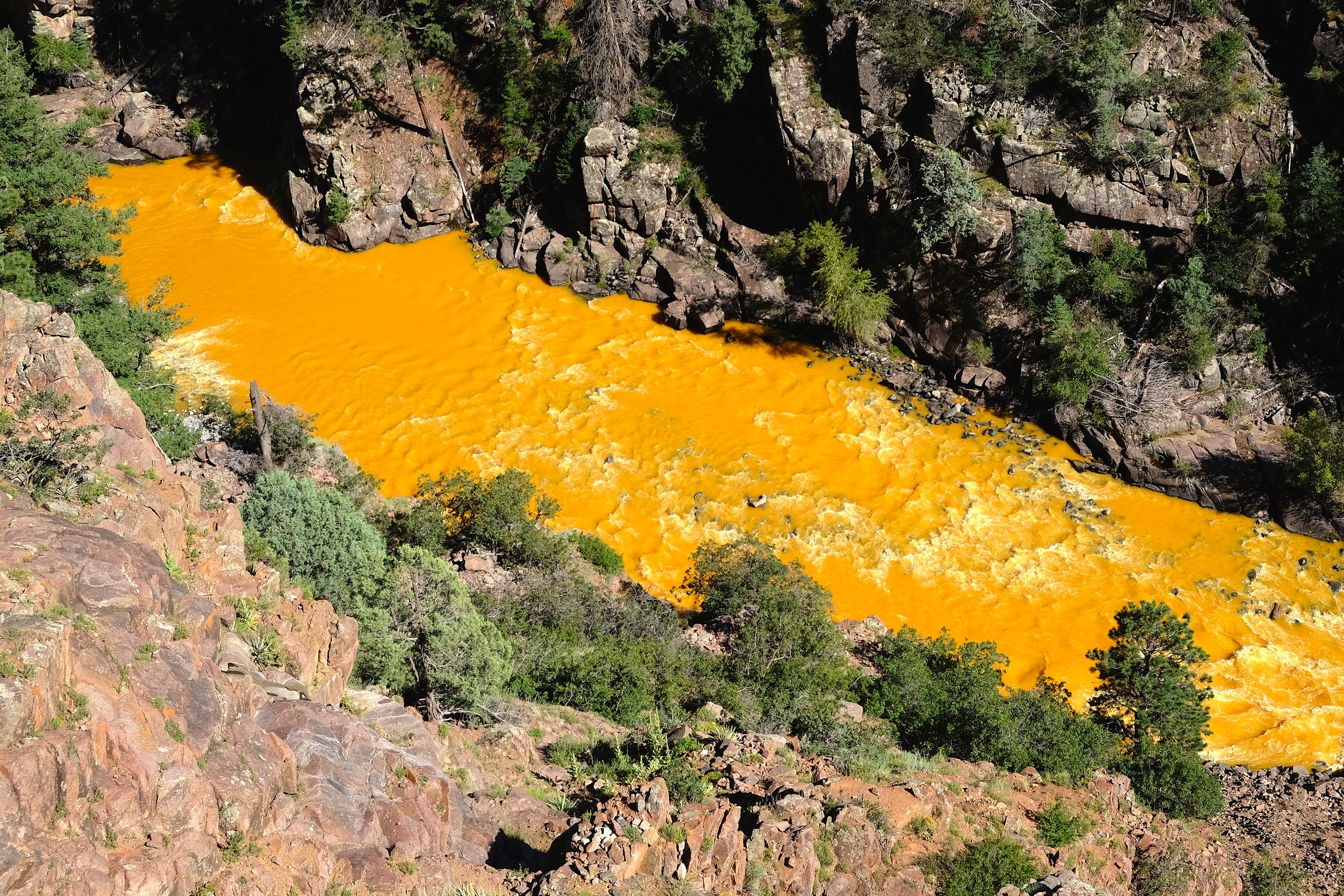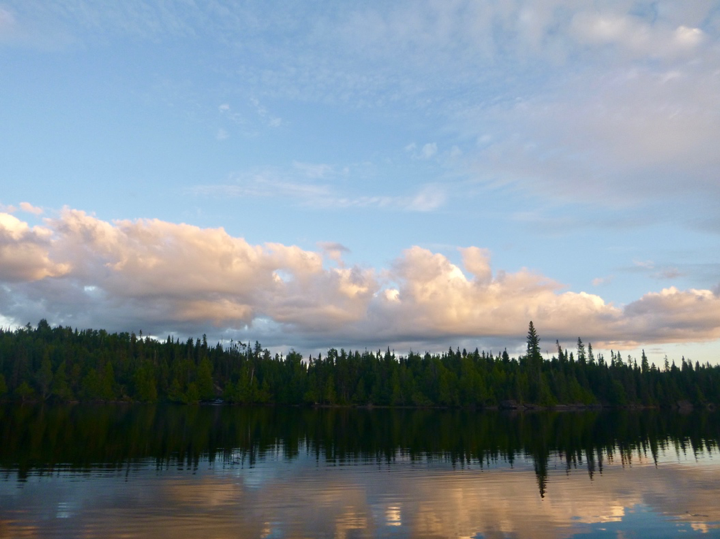Rekindling connections: the long history of humans in the wilderness

Rekindling connections: the long history of humans in the wilderness
Public land management often neglects to consider intertwined ecological and human histories. Assessing both ecological data and Indigenous history, new research suggests that co-management offers a pathway towards better honoring traditional practices and increasing forest resiliency.
Evan R. Larson, Kurt F. Kipfmueller & Lane B. Johnson (2021) People,
Fire, and Pine: Linking Human Agency and Landscape in the Boundary Waters Canoe Area
Wilderness and Beyond, Annals of the American Association of Geographers, 111:1, 1-25, DOI:10.1080/24694452.2020.1768042
Towering red pines, gently lapping lakes, and the haunting call of loons. Campsites miles from the nearest road. When canoers visit the Boundary Waters Canoe Area Wilderness (BWCA)—a federal wilderness area larger than the state of Rhode Island and located on the Minnesota/Canada border—they may feel a connection to nature, untouched by humans. Yet this conception of “untouched” wilderness is inaccurate. The current ecology of the BWCA has been shaped by centuries of human landscape modification, including the use of fire by the Anishinaabe people, the people Indigenous to the region. Yet, for the past century, Indigenous knowledge has often been disregarded in federal land management decision-making. Understanding how traditional fire-based landscape modification contributed to the landscape we see today is crucial for effective current and future forest management priorities and strategies.
A recent study conducted by researchers from the University of Minnesota and the University of Wisconsin-Platteville, in partnership with the Anishinaabe, offers an integration of both human and ecological histories. The study, published in the Annals of the American Association of Geographers, augments ecological data with archeologic evidence and oral history. Through this combined history, researchers found that traditional fire-based landscape modification increased forest resiliency. In doing so, this research demonstrates the importance of incorporating traditional, Indigenous methods in land management decisions.
Researchers began by examining ecological data related to fire. Fire is an integral part of the BWCA ecosystem. Typically, fire regimes are a result of changing climatic conditions. Yet, in assessing 500 years of tree-ring data, the researchers found that fire frequency could not be explained by climatic conditions alone. Therefore, researchers turned towards human history. However, few Anishinaabe elders have direct experience using fire for landscape modification. The Anishinaabe were forcibly removed from the BWCA in the early 1900s. As a result, much knowledge about traditional fire practices was lost.
As a way to understand this human history indirectly, researchers assessed culturally modified trees (CMT). CMT are trees that had their bark stripped for traditional medicinal and material collection purposes. CMT are found where the Anishinaabe historically lived. Combining the age and location of CMT with the tree-ring fire record suggested fire frequency increased with human presence. This is consistent with oral history. Fire makes land better for inhabitation by opening up the landscape– naturally reducing forest density and suppressing low-growth vegetation.
Over the last 100 years, however, federal land management policies actively suppressed fire and forcibly displaced Anishinaabe from the BWCA–prompting significant consequences, both culturally and ecologically. The researchers demonstrated that, without Anishinaabe stewardship, forest composition changed. Specifically, forest density increased. Dense forests are more susceptible to large, destructive fires and less resilient to changing climatic conditions, such as drought. This is especially notable today, in a warming climate.
Additionally, researchers noted that the BWCA campsites favored by recreationalists today are those historically managed with fire by the Anishinaabe and used as travel routes and cultural locations. As a result, today’s recreationalists benefit from both stolen land and traditional land management practices. This is an example of colonialism in wilderness management.
This research demonstrates what Indigenous people have known for generations–traditional Indigenous knowledge fosters effective landscape management. The Anishinaabe managed their land in a manner that improved human and ecologic conditions. Therefore, researchers suggest that forest managers work closely with the Anishinaabe to inform future forest management in the BWCA. This co-management could also offer an avenue towards reconciliation between the Anishinaabe and United States government agencies. Broadly, co-management offers an important pathway towards creating more resilient ecosystems, benefiting humans and forests alike.




